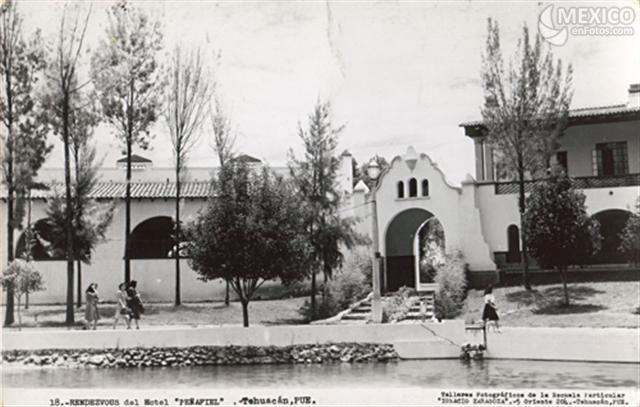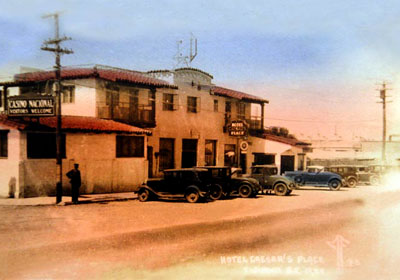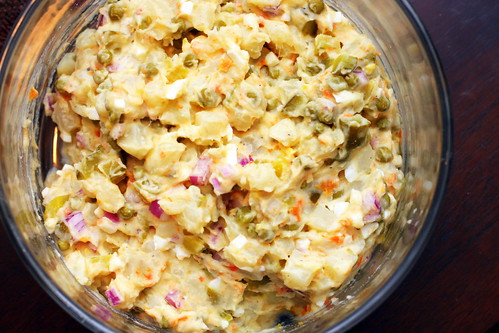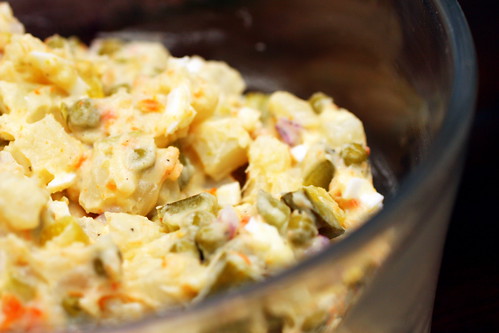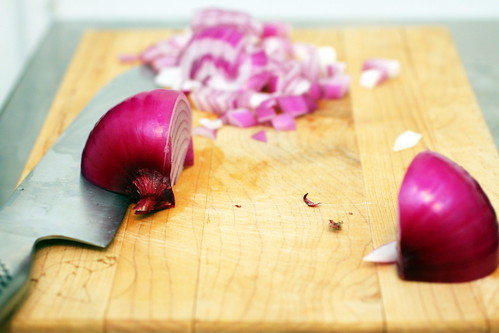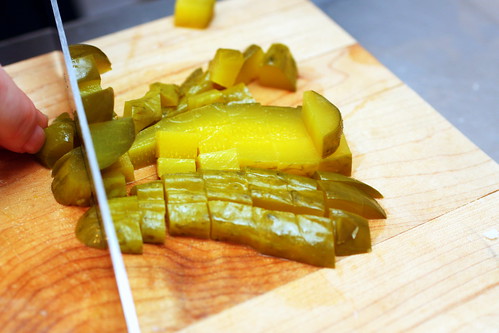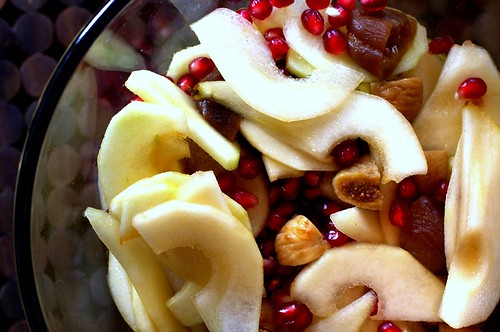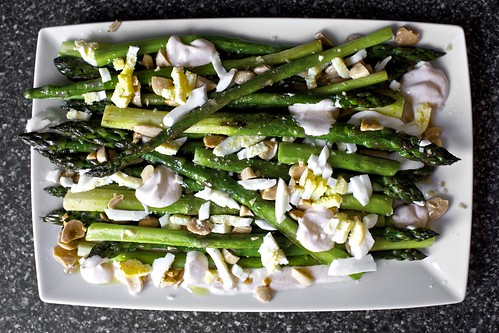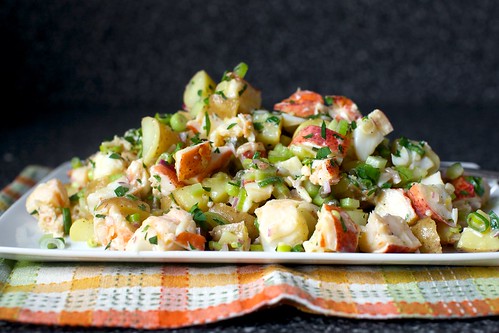“Cooking for others is a generous and civilized act, even if it’s just a simple pot of beans.”
I read this quote from David Tanis this morning, and I have been thinking about it all day.
Before Lu went to her little preschool, we sat together at the table and ate yogurt with the honey we bought at the farmers’ market this weekend. She’s excited about honey since she learned how it’s made by reading Nikki McClure’s incredible new book,
To Market, to Market
. She wants to eat some at every meal. We’ve had to convince her that you don’t eat honey itself. Instead, we’ve been sweetening our yogurt in the mornings and tea in the evenings with a dollop of honey. Sugar is so boring in comparison. We three sat together in the morning light, eating and talking.
When Danny returned from taking her to school, we turned on the stove. Until yesterday, our stove and oven had been broken for 8 days without a repairman. We were gnashing our teeth. This past weekend, I visited
a dear friend’s home and asked if I could cook dinner, just to feel my hands in the food again. I grated some carrots and sauteed them slowly in olive oil, cinnamon, a bit of butter, cayenne, and cumin. Since I hadn’t cooked in awhile, I stirred and watched as the carrots withered then shriveled into the spices. In the end, the carrots were crisp bits of deeply flavored sweetness. We threw them on top of the salad we made of homegrown lettuce and roasted chicken, with a spicy balsamic vinaigrette I shook together in a jar. (As I was roasting the asparagus and broccoli, I looked out the window to watch Lu help Tamiko pick lettuce from the garden, arranging each leaf in the colander just so.) We sat down to eat, my friends, their darling daughters, Lu, and I. C watched Lu gobble up her salad and asked for some too. It was the first time she had eaten vinaigrette. Relaxed. Nothing complicated.
This morning, with the stove finally working, Danny poured a glug of olive oil into the cast-iron pan, then cracked two eggs from brown shells into the hot oil. In another pan, he tossed big handfuls of fresh kale and chard leaves into the waiting hot oil and garlic, then flicked in some red chile flakes. He waited for them to wither, then stirred them as they started to shrivel. A shower of salt from on high, a twist of pepper, and we were ready. We sat down together, before we planned the last chapter of our new cookbook, to a pile of dark greens with eggs frizzled at the edges and a bit of jiggle in the yolk. Danny and I looked at each other across the table and smiled.
At lunch, a few bits of cheese, some slices of apple, and cinnamon rice cakes with sunflower butter.
Early this evening, Danny was outside in the driveway, washing the car. Lu danced around him, then climbed in the front seat, pretending to drive. I watched them both for a moment, with each other and in their own worlds. With the windows thrown open, I stood at the counter and shaved asparagus stalks.
Yesterday, I read
David Tanis’s new column in The New York Times about cooking in a city kitchen. I meant to start a pot of cannelini beans this morning to make his recipe, but I forgot. So I slivered the asparagus stalks with a vegetable peeler and watched them tumble down into a crazy pile. Humming, I pulled out a jar of lemon-tahini dressing I made this week and drizzled a bit. Sunflower seeds. Shreds of aged white cheddar.
Lu ate her pasta and grabbed handfuls of this salad. Danny and I sat with her outside, asking to hear the stories of her day, laughing, planning tomorrow. Finally, it’s warm enough to be in short sleeves and sit on our porch. That table is my favorite one of the moment.
Right now, as I write, Danny is heating up some garlic in a hot pan. He’s going to throw in some chile powder, some cumin, corn, tomatoes, and the eggplant he roasted yesterday morning just for the heck of it. As soon as the rice is done cooking, and the chicken done roasting, he and I will sit down to our late dinner, the two of us together. I can guarantee you that at some point at the table we’ll talk about what we will cook tomorrow and the people with whom we’ll be happy to share our meals.
SHAVED ASPARAGUS SALAD
It’s hard to think of this as a recipe. It’s so simple. However, until I saw David Tanis’s column yesterday, I had never thought of shaving asparagus into a salad. He used a mandoline, which is a good way to go I am sure. But I grabbed the vegetable peeler because it was handy. Less refined. Faster.
I’m certain this salad would work with any number of vinaigrettes, with walnuts, without the cheese. As spring tilts into summer, I’ll be making this salad every few days until it has disappeared from the market. Until the jar of lemon-tahini dressing empties out, I’ll be using this again. I love lemon with asparagus. Next time, I’m adding lemon zest.
I haven’t even given you amounts here because you’ll figure out what you want. Feel free to play. Nothing complicated.
1 bunch asparagus with medium-size stalks
lemon tahini dressing sunflower seeds
shredded aged white cheddar cheese
salt and pepper
Wash and dry the asparagus stalks.
With a vegetable peeler, peel slivers off the asparagus until the stalk won’t yield anymore.
(Usually, as the stalks thin, they’ll break off and become irascible.)
Repeat with all the stalks of asparagus.
Drizzle lemon tahini dressing over the top.
Toss the salad with your hands, coating all the asparagus with the dressing.
Add the sunflower seeds and cheese, in the amount that suits you best.
Taste, then season with salt and pepper, if you need it.
sumber dari: glutenfreegirl.com
